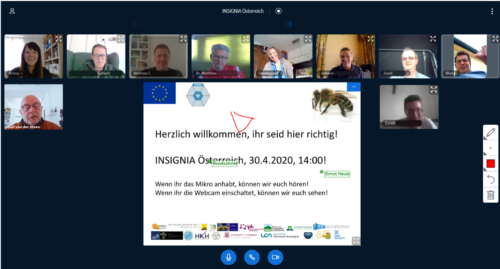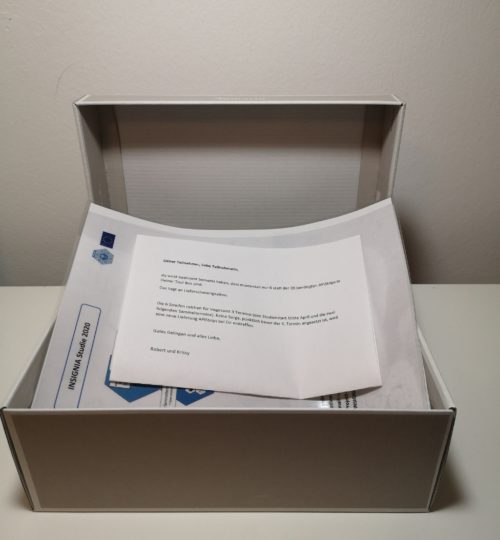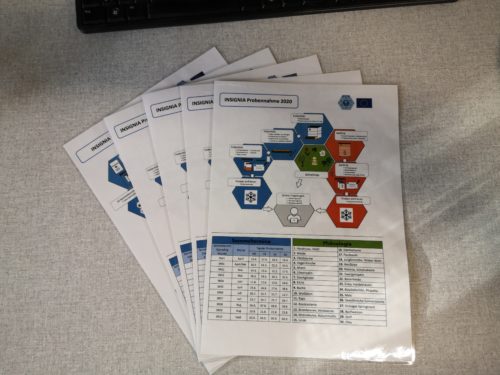Today, the Austrian beekeepers, the national coordinators and the study coordinator met virtually to get to know each other and to see how everybody looks like. Jozef van der Steen gave a short presentation to explain the main objectives of INSIGNIA and to present last year’s pesticides and pollen results.
Austrian citizen scientists were very interested and some open questions could be answered by the NatCos Robert Brodschneider and Kristina Gratzer as well as by Jozef van der Steen, who by the way. speaks extraordinary good German.
Today, also the first sampling period started. Within the next four days the APIStrips will be exchanged and pollen will be sampled in nine European countries simultaneously.

Kristina Gratzer













